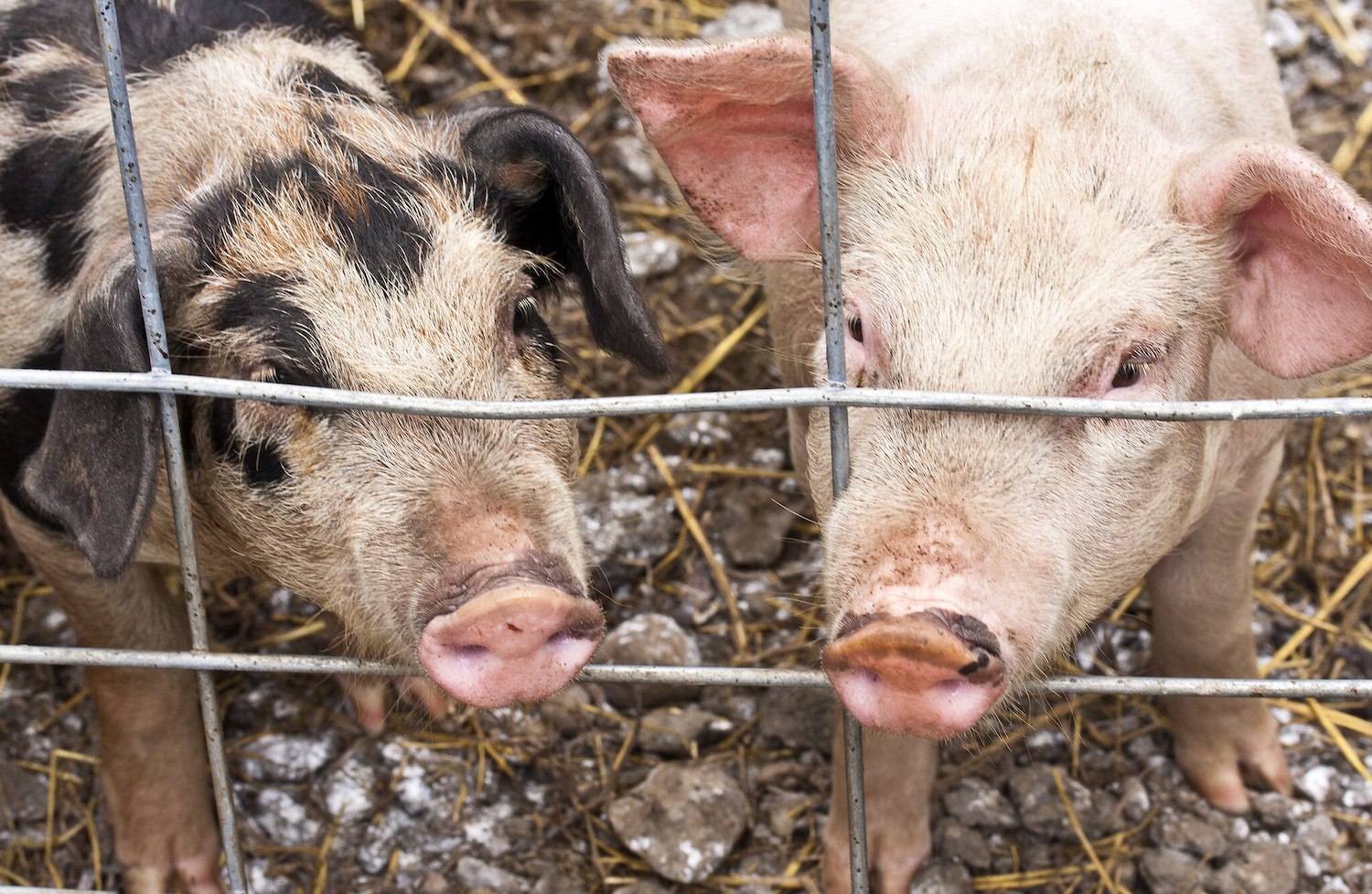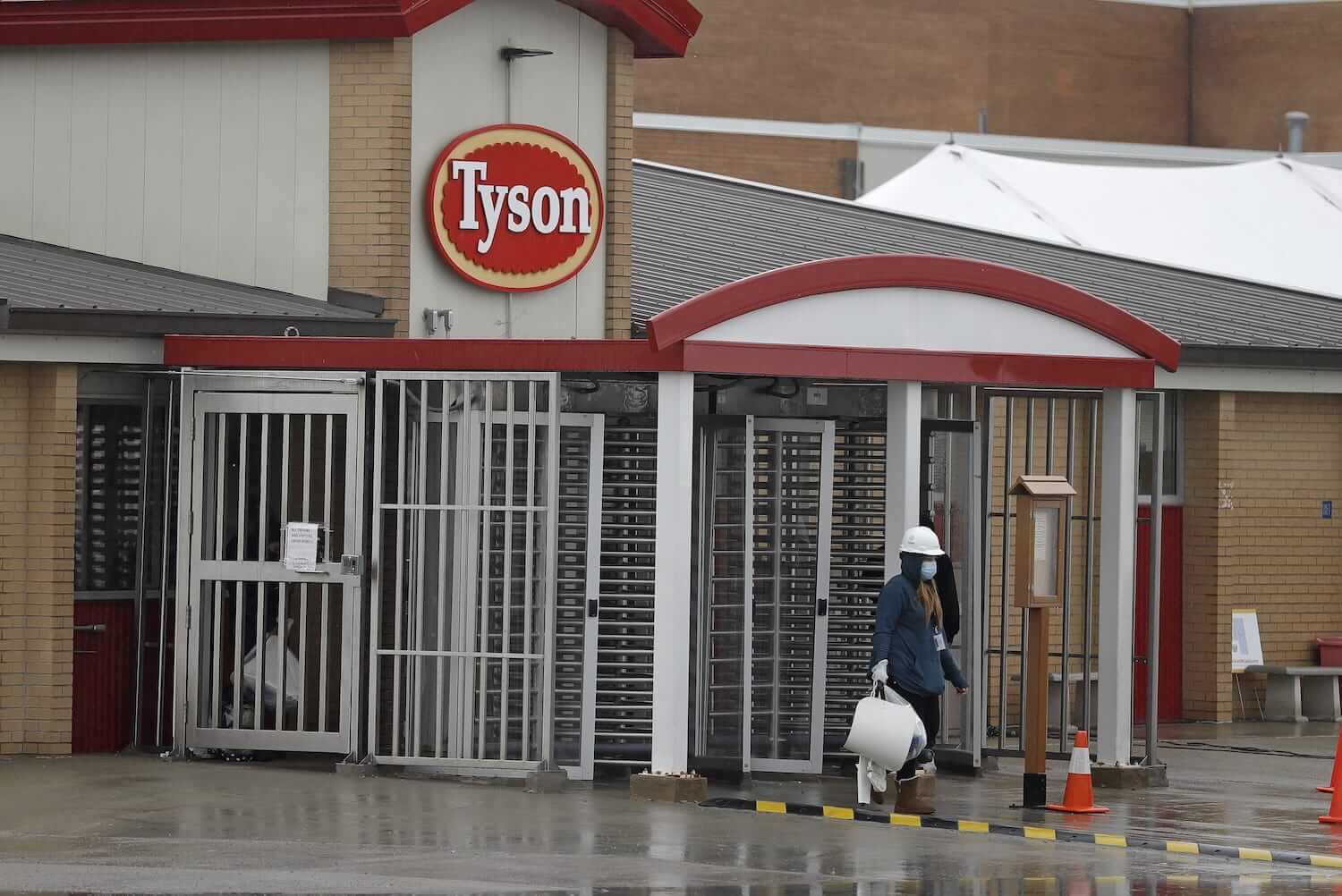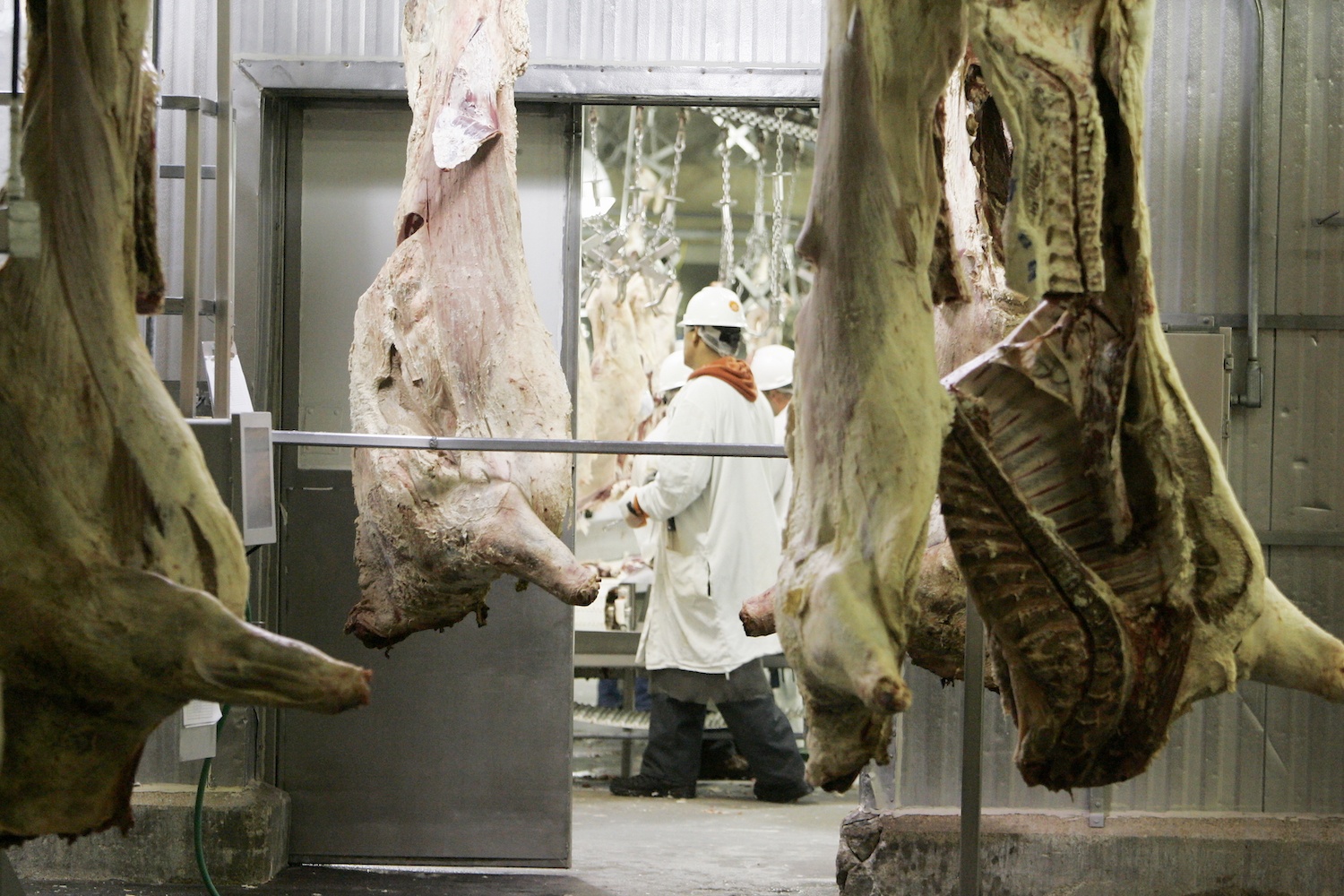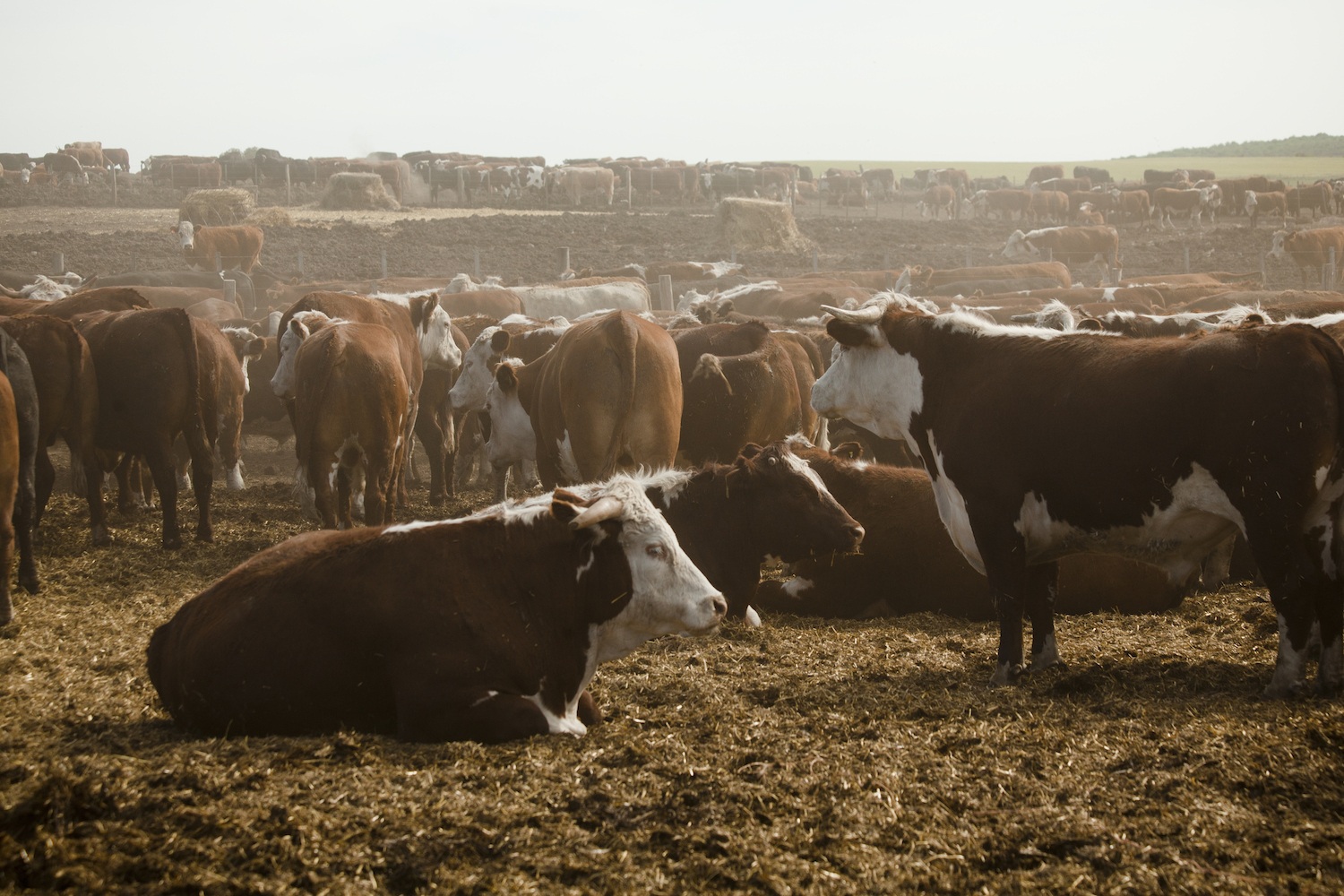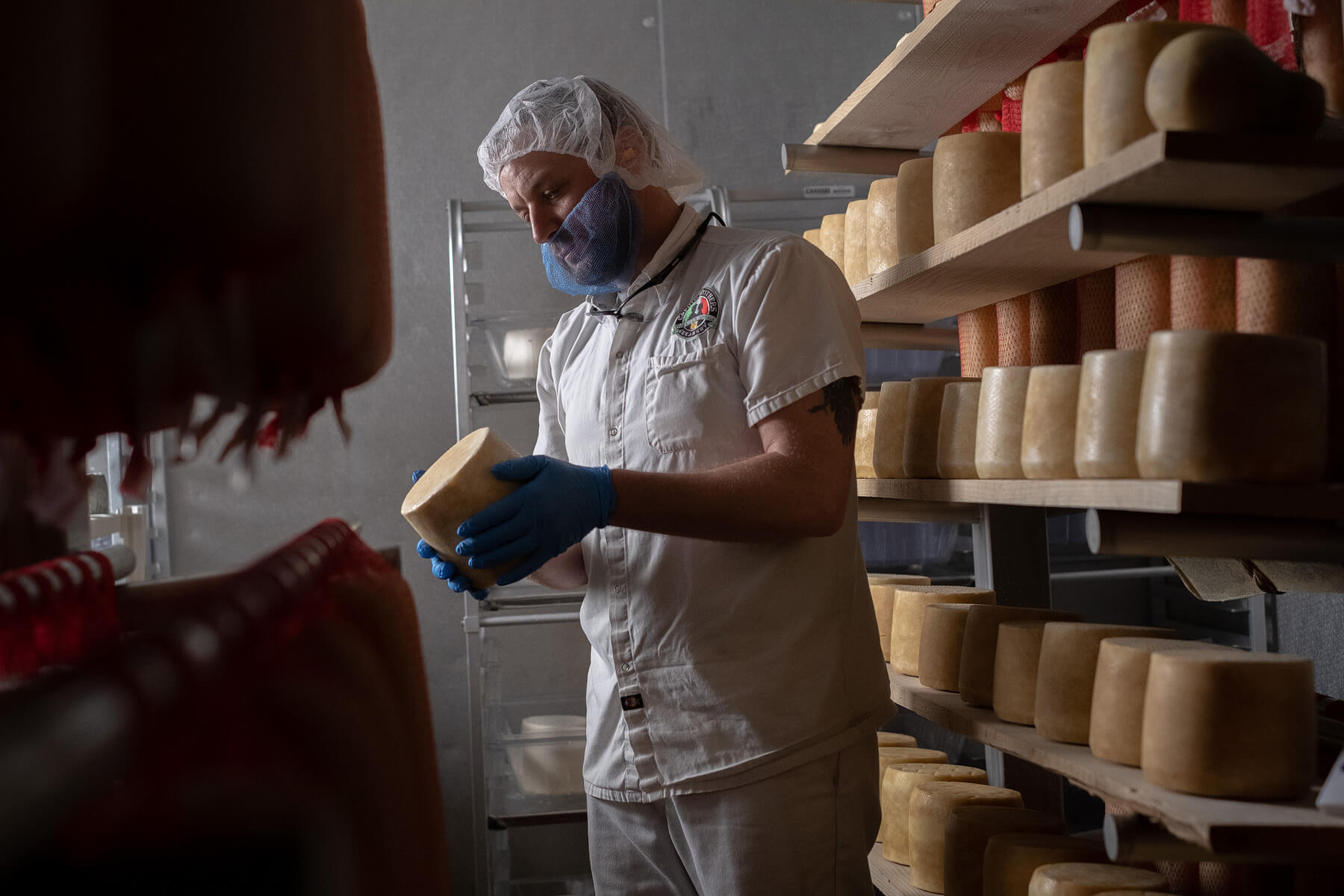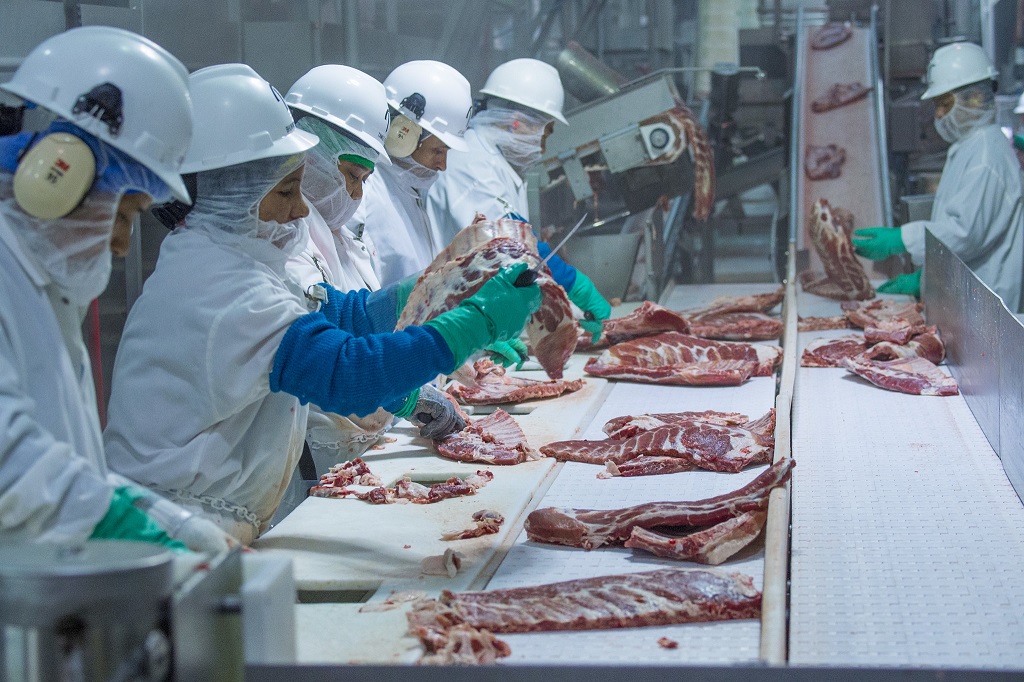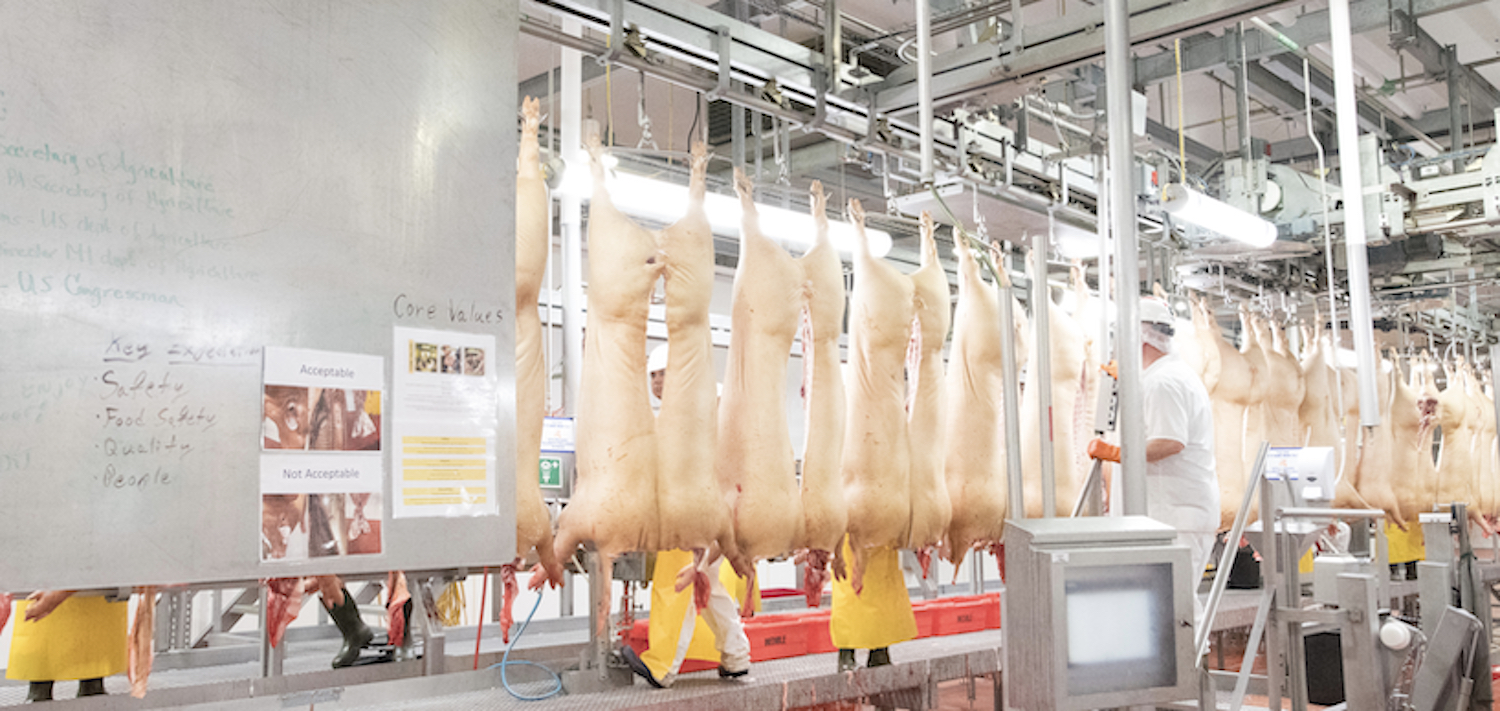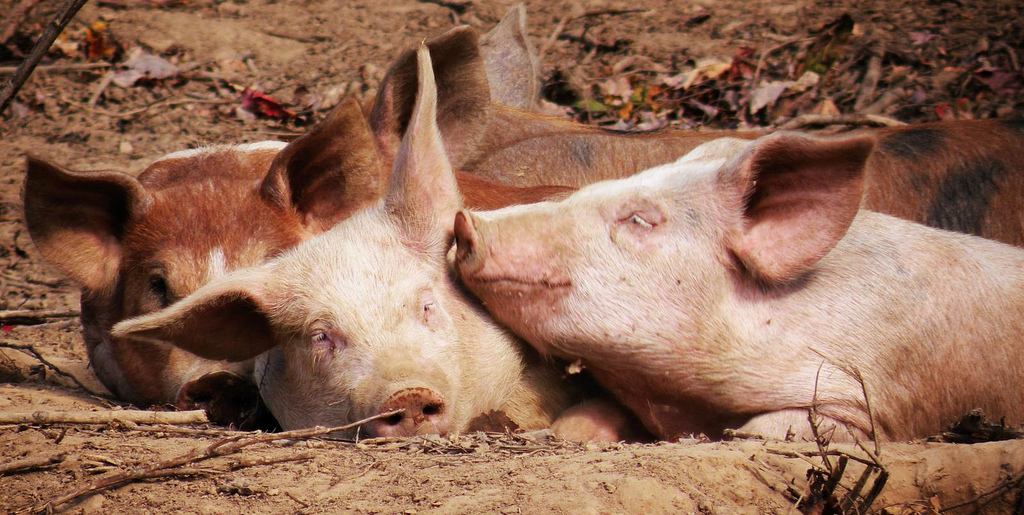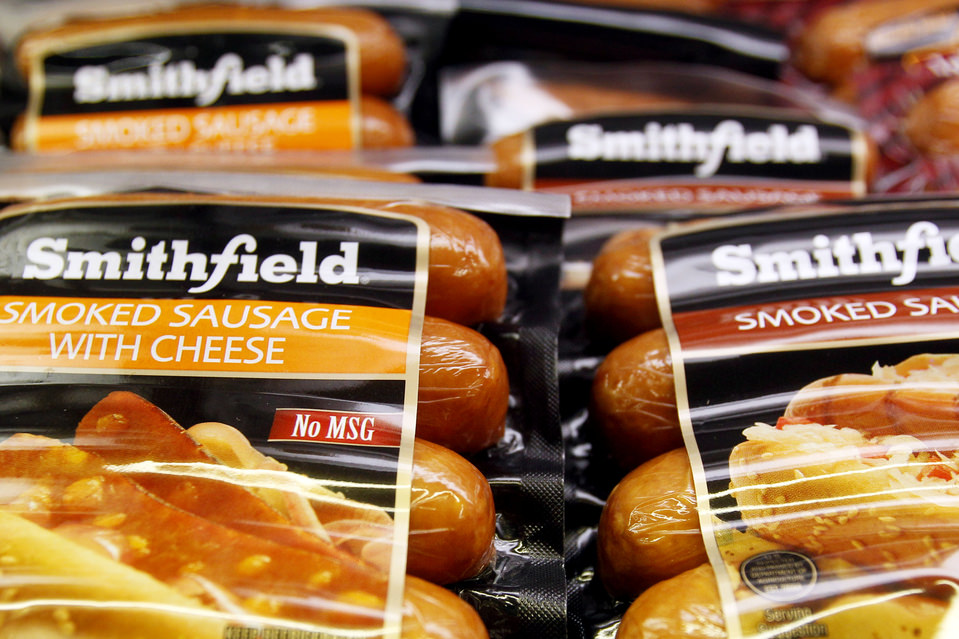Burning, burying, or composting up to 70,000 hog carcasses a day—or even grinding them into dust—could have serious consequences for our air and drinking water.
Earlier this week, Democratic House Agriculture Chairman Collin Peterson shared a striking figure with a CNN reporter: Farmers may need to start euthanizing 60,000 to 70,000 pigs per day as slaughterhouses shutter due to rising Covid-19 infections among the meatpacking industry workforce.
It’s a staggering number. In 2018, when Hurricane Florence swept through the Southeast, drowning and suffocating pigs and chickens housed along eastern North Carolina’s flood plains, a total of 5,500 hogs were killed. Now, those casualties may be multiplied tenfold—every single day.
“It is not possible to continue to hold animals on ranches and farms and other pre-processing sites indefinitely for humane and economic reasons,” wrote a USDA spokesperson in an email to The Counter. As we reported earlier this month, animals that stay on the farm after their scheduled slaughter date can outgrow their barns and start having health problems. Culling is a last resort, and farmers are using a variety of tactics to avoid it. Some are feeding pigs soybean hulls, which are mostly fiber and low in calories. Others are turning up the heat in their barns to simulate summer so the animals will gain weight more slowly. It likely won’t be enough: As of Wednesday, about a quarter of the hog processing capacity in the United States had come to a halt.
The logistical and economic barriers to disposing of so many animals are enormous. But beyond those immediate concerns, the environmental impacts of wide-scale culling may be felt for decades to come.
It’s unclear how President Trump’s new executive order classifying meatpacking plants as critical infrastructure under the Defense Production Act might impact plant closures. On Wednesday, the Department of Labor issued a statement suggesting that local and state politicians do not have the authority to force plant closures in the event of an outbreak of Covid-19. In the coming days, many plants that have been forced to close may reopen, even as employees continue to report infections. Regardless, producers are preparing for the worst.
“To be very candid with you folks, this is going to be a tough slog,” said Bill Even, CEO of the National Pork Board, in a webinar on slaughter and carcass disposal for pork producers on Sunday.
As it turns out, the slaughtering process may prove the most straightforward piece of the puzzle. For instance, a shuttered JBS meatpacking plant in Worthington, Minnesota, will reportedly reopen to euthanize hogs—an operation that can be handled with a skeleton crew. Disposal of the carcasses could prove much trickier. In the National Pork Board webinar on Wednesday, presenters outlined a handful of options available to producers. Most had significant environmental drawbacks.
“There comes a point where you can’t stay 100 feet from the surface water.”
“The bottom line is, the cheapest, quickest way is burial,” said Mike Gamroth, professor emeritus of animal and rangeland sciences at Oregon State University. “It’s really the most affordable, and it’s the kind of method that’s probably going to be used,” he said.
As USDA environmental engineer Lori Miller explained on Sunday’s webinar hosted by the National Pork Board, burial pits are typically dug about 12 feet deep and contain multiple layers of carcasses. At that depth, there aren’t many microorganisms available to decompose the organisms. “Places used for burial decades in the past are sometimes developed for housing and other purposes, and when they dig into the piles they find that the carcasses are relatively intact,” Miller said.
And even though the carcasses may appear intact, they also release liquid into the soil. That liquid, or leachate, can cause problems if the pit is located too close to the water table or a nearby stream. “Nitrates in particular pose a risk to infants—it could be fatal to infants at high levels,” Miller said, adding that researchers measuring nitrate levels below burial pits found that they were 200 times higher than the drinking water standard.
Miller advised listeners to consult local environmental authorities or representatives from USDA’s Natural Resource Conservation Service, which will provide grants of up to $25,000 to incentivize producers to dispose of culled animals in an environmentally responsible manner, before constructing a burial pit.
Every burned pig carcass generated around three pounds of particulate matter that was released into the atmosphere.
Still, Gamroth said the sheer volume of carcasses requiring disposal may make it difficult to conform to local regulations. “There comes a point where you can’t stay 100 feet from the surface water. There’s just not a suitable spot to do these kinds of things, and it would be trouble,” he said.
During the 2001 Foot and Mouth disease outbreak in the U.K., farmers had to slaughter more than 6.5 million animals. Many were buried, but once they ran out of burial space due to water quality concerns, they began burning the carcasses in pyres. The optics alone were catastrophic: As the BBC reported in 2016, overseas visitors dropped by 10 percent.
But on-farm incineration has broader environmental consequences. Miller said that researchers later calculated that every burned pig carcass generated around three pounds of particulate matter that was released into the atmosphere. “Particulates are responsible for asthma and other health effects,” she said.
If farmers have the ability to transport their pigs off the farm, they have a few more options for disposal. They can take them to their local landfill, a nearby incinerator, or a rendering plant. Miller outlined the pros and cons of each option: Landfills are cheap, but most likely can’t accept thousands of animals. Incinerators can be slow and expensive. Rendering plants can salvage some of the byproducts for pet food and other uses, but there likely aren’t enough of them to accommodate the anticipated demand.
Researchers have conducted trials using grinders similar to the machinery used in forestry, and the resulting material can break down in a month or so as compost, or in about six months if buried aboveground.
Composting may be one of the most environmentally friendly methods of getting rid of thousands of hog carcasses, but it, too, comes with its drawbacks. Perhaps most notably, it requires supervision from a subject matter expert to make sure piles are constructed properly. “You really need to be kind of set up to do it, and have equipment to do it and area or space to do it,” said Gamroth. He thinks it’s mostly only viable for small farms with fewer than a dozen pigs.
Miller added in her presentation that composting full-sized hogs can be a slow process, even when done properly. The animals’ abdomens need to be cut open in order to ensure proper decomposition, and even then, it can take up to a year for a 300-pound animal to fully break down. Composting also requires plenty of carbon-rich material, like sawdust, in order to work properly. It may be difficult to source large quantities of carbon on short notice.
Miller did offer a glimmer of hope for composting large numbers of hogs. The process may move more quickly—as quickly as a month—if farmers are able to grind the carcasses into sawdust-sized bits. Researchers have conducted trials using grinders similar to the machinery used in forestry, and the resulting material can break down in a month or so as compost, or in about six months if buried aboveground. The grinders could process about 60,000 pounds of material per hour.
Perhaps the president’s executive order will force a reopening of the dozen-plus meat processing plants that are now closed, and perhaps those plants’ employees will come back to work.
Equipment like grinders might be much more accessible if producers could access it in a centralized location. Miller said that funding was not currently available to set up centralized locations for carcass disposal, but that it may be possible to set up disposal systems in fairgrounds or landfills down the line.
For now, the USDA has set up a carcass management dashboard, where producers can input data points including animal type, average weight, number of carcasses, and the distance between their farm and various rendering plants, landfills, and incinerators. A calculator tool then spits out a time and cost estimate for each option.
It’s possible that Peterson overestimated the need for mass culling. Perhaps the president’s executive order will force a reopening of the dozen-plus meat processing plants that are now closed, and perhaps those plants’ employees will come back to work. In the meantime, though, farmers are faced with difficult decisions: Keep the animals on the farm, or pull the trigger.
“Our worst-case scenario is starting to materialize,” Even said at the start of the webinar. “Every single person in the U.S. pork industry has been working diligently for weeks to try to avoid the situation we’re facing. Today, unfortunately, we’re running out of options.”
